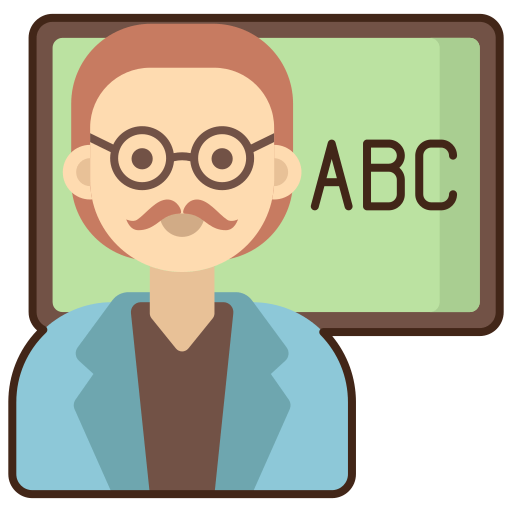ADA Title II Compliance: Web Accessibility for Higher Education

ADA Title II mandates WCAG 2.1 AA compliance for public colleges' web content and apps. Key steps: assess digital spaces, update procurement, and address STEM challenges for accessible learning. Deadline: April 2026.
“Great deals of STEM faculty will certainly produce their very own material, however a great deal of the devices they currently have available to them don’t provide great options for rendering and creating that material accessibly. Institutions need to take a general analysis of their internet room and digital atmospheres and what they consist of, and get a feeling of the existing access in those environments.
Assessing Digital Accessibility Compliance
An additional crucial element to consider is the establishment’s purchase procedures. College admins need to ask what kinds of needs remain in their procurement contracts and purchase procedures to make sure that they can evaluate and make certain that any digital properties being acquired satisfy this new requirement of accessibility.
“All pertinent web content, systems and solutions need to fully meet the WCAG 2.1 AA standards in order for the organization to be in compliance. There are limited exemptions, however, such as archived content and pre-existing digital records that are not actively being used for the shipment of the establishment’s solutions, activities or programs,” discusses Jarret Cummings, elderly consultant for policy and government relations at EDUCAUSE.
WCAG 2.1 AA Standards for Compliance
“Whole lots of STEM professors will certainly develop their very own content, but a lot of the devices they presently have available to them do not offer terrific options for providing and developing that content accessibly. I’m certain every establishment has a math faculty participant who likes to handwrite and check all the research that they offer to students.
Cummings recognizes that the work to comply with the new regulation is most likely to be significant, also for establishments that are fairly well resourced in the modern technology access room. There are numerous sources offered to aid.
Title II is the part of the ADA that attends to the ease of access needs for state and regional government entities, which suggests that the laws apply to all public colleges and universities. Conformity requires that all internet content and mobile applications fulfill the technological criteria in the Internet Web Content Ease Of Access Guidelines (WCAG) 2.1, Level AA guidelines, which have been established by the World Wide Web Consortium. These standards do not avoid establishments from updating to a greater requirement, as long as they can fulfill the same or higher standards of accessibility and usability.
STEM Content Accessibility Challenges
While every division will certainly have its own obstacles, Jamie Axelrod, director of impairment sources at North Arizona University, says that material for STEM areas can be particularly difficult to reach this technical standard.
“That makes it a lot more tough to reach every one of those individuals. Schools need to be creating some administration around internet room to be able to assess and audit what you have actually obtained, after that prioritize the atmosphere and what you’re going to address initially, just how you’re going to address that, and assign the sources needed to those rooms to ensure that they can handle those concerns,” claims Axelrod.
Until now, the laws are readied to take effect for most public higher education organizations on April 24, 2026. Institutions located in towns with census-defined populations of under 50,000 (the populace of the location the establishment is created to serve) currently have till April 26 of the list below year to accomplish compliance.
Compliance Infrastructure Enhancement
According to Axelrod, there is variability in regards to where institutions go to now in the compliance process. “But I think what numerous schools are doing is trying to combine all the stakeholders on their campuses that have responsibility for digital rooms and put into place or enhance the infrastructure they have. Schools need to take a total analysis of their internet room and digital atmospheres and what they include, and obtain a sense of the existing availability in those environments. Where do we have spaces? Where do we have concerns? And based upon that, take the actions needed to attend to and remediate those issues for areas and web content that they create,” Axelrod states.
The United State Department of Justice has shown for many years that it interprets the Americans with Disabilities Work as covering innovation accessibility. The ADA Title II policies are the very first time that it has actually established certain ease of access standards via guideline, in this case for online web content, services and systems as well as for mobile applications.
While it might be simpler for universities that currently have actually streamlined control of their web rooms, various other colleges have a much more decentralized strategy, with numerous people holding the authority to publish online web content.
Title II is the part of the ADA that deals with the availability demands for state and local government entities, which means that the laws relate to all public schools. Compliance calls for that all web content and mobile apps fulfill the technological requirements in the Web Content Access Standards (WCAG) 2.1, Degree AA guidelines, which have actually been created by the Net Consortium. Nonetheless, these guidelines do not avoid institutions from upgrading to a greater criterion, as long as they can meet the same or higher requirements of access and use.
1 ADA Title II2 affect higher education
3 Digital Compliance
4 STEM education
5 WCAG 2.1 AA
6 Web Accessibility
« Guilford College: Funding, Accreditation, and Future PlansStudent Attendance & Success: Professor Insights »
